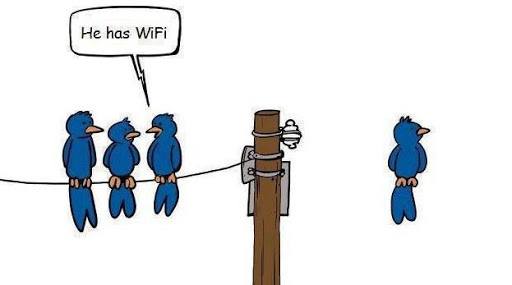As a professional engineer who has been in the industry for almost 30 years, I’ve encountered just about every issue you can imagine. The most frustrating situations, for clients and engineers, are the design mistakes that cost double on the backend. This means designers have to do double the work, and clients have to foot the doubled bill.
Now, we don’t have crystal balls to foresee the future, but we can reflect on the past to avoid repeating the same mistakes.
With a little additional planning and minimal expenses, you can minimize and eliminate most of these issues before they rear their ugly heads. Here are five low voltage design mistakes that can cost you double on the backend (and how to prevent them).
1. Cutting Technology Infrastructure
Technology is advancing at a rapid pace, the systems we use today will be outdated in just a few years if not in a couple of months. Wireless technology, for example, is everywhere. Bandwidth is increasing as more and more wireless devices are being developed and pushed to the market. Our society has become dependent on WiFi because wireless connectivity is great... until it doesn’t work.
When your WiFi inevitably has issues, your organization needs a backup plan. Direct connections are still the best option for speed, reliability, and security of data. At least one, if not two cables should be installed to each permanent work station as an alternative to WiFi. This way, your systems can continue to run, and your people continue to work efficiently.

2. Neglecting First Responder Codes
Speaking of wireless, high-quality cell phone service inside modern buildings is becoming more difficult. Besides the high concentration of users, our modern energy-efficient building materials are hindering cellular penetration. Pathways for Distributed Antenna Systems (DAS) should be designed in the central core stacked Telecom rooms with means to exit the rooms and into the rentable spaces.
As municipalities adopt current NFPA codes, buildings must be able to accommodate First Responders’ wireless communication systems. Many DAS systems already incorporate these systems, but it’s the responsibility of the building owners/operators to ensure that all levels are capable of transmitting and receiving these emergency frequencies. Enclosed or underground parking structures can be particularly problematic. Providing additional pathways from the property line to the Main Telephone Room or Minimum Point of Entry room is an easy fix. We recommend speaking to an expert to ensure that your building is fully compliant.
3. Waiting to Engage Service Providers
Service providers, phone companies, internet providers, and Cable Television Providers all have different requirements to service your building. Failing to get them engaged during the design phase of your projects can lead to a coordination nightmare down the road and wind up being very costly. As mentioned above, they have specific requirements to bring their services into your building, but they also have space, power, and cooling specifications. It’s important to know what each provider needs upfront so that you can design an efficient system to handle all of the demands. Imagine nearing completion of a project and finding out that the providers need you to upgrade power services and cooling equipment, that’s an expensive afterthought.
4. Overlooking the Security System Plan
Security and Life Safety systems are a must, not only from a code compliance requirement but also for insurance and liability reasons. During the planning and programming phases for your project, consider all the negative threats to your building and personnel. Drawing security lines around your points of entry and sensitive areas make it easy to identify vulnerable points.
It’s essential to take into account future growth and organizational development. Consider roughing in doors and windows for future security devices. Rough-ins can be as simple as conduits and pull strings in the door and window frames, to full-blown conduit and wire installation back to where a security panel would be installed. The security devices can then be easily added in the future.
Your security systems keep your people safe and your assets secure, you should have a well thought out and robust plan in place. Taking this additional time upfront to strategize will improve the quality of your system and keep costs low in the long run.
5. Lacking Professional Expertise for Technology Systems
And last, consider the use of experienced Professional Engineers to work with your other design consultants. Professional engineers have to keep up to date with their certifications and credentials. A considerable amount of time is spent every month reviewing current trends and pursuing continuing education requirements.
So when it comes to investing in expensive building technologies, you want someone who is licensed, well informed, and willing to stand behind their design. Don’t just take your techie friend’s advice on a “great” system they have at their office. Rely on the expertise of a professional engineer and integrator who understands your organization’s needs. Taking short cuts to save a few dollars here and there is sweet until the bitter reality of failed systems, lost productivity, or lost life. The after costs associated with dealing with these events can be more than double the original savings.
These five low voltage design mistakes are easy to fall victim too, and the consequences are costly. During your next project, or even if you have a current one, take the time to consider these nuances, or bring on a team member who will do it for you.
ASD’s design studio and project managers take proactive measures to ensure that your projects stay within budget and are delivered on time. Fill out the form below to speak with someone about your current or upcoming workplace technology projects. Or click here to learn more about the ASD® design studio services.



Leave a Comment